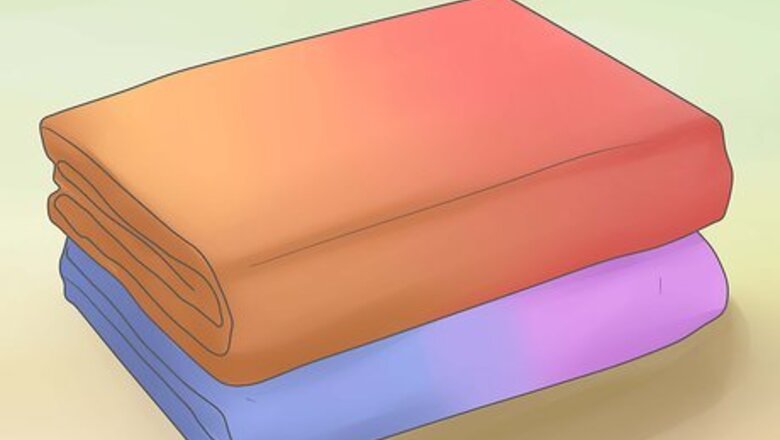
views
- Fill a tub with 3 gal (12 L) of hot water for every 1 lb (450 g) of fabric. Mix in 1 box of powder dye or ½ c (125 ml) of liquid dye for every 1 lb (450 g) of fabric.
- Then, wet the curtains with hot water and set them in the tub for 5 minutes. Add 1 c (250 ml) of salt or white vinegar for every 3 gal (12 L) of water.
- Soak the curtains for 2 hours then run them through a warm wash cycle. Then, add laundry detergent and wash them with a cool rinse.
Preparations
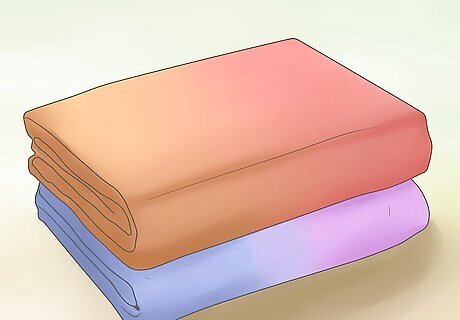
Make sure that your curtains can be dyed. Most natural fabrics can be dyed without a problem, but many synthetic fabrics do not accept dye quite as easily. Before you begin this project, you should make sure that your curtains are made with a material capable of being dyed. Note that some dyes may or may not be capable of coloring different types of materials, but most of them have the same abilities and limitations. Nonetheless, you should check the label of the dye you plan to use to verify that it can handle your fabric type. Most dyes will color cotton, linen, wool, silk, and ramie. Certain synthetic fibers, like rayon and nylon, are usually dyeable, as well. Most dyes will not color fabrics primarily composed of polyester, acrylic, acetate, fiberglass, spandex, or metallic fibers. Bleached fabrics, waterproof fabrics, stain resistant fabrics, and "dry clean only" fabrics are usually off limits, as well.
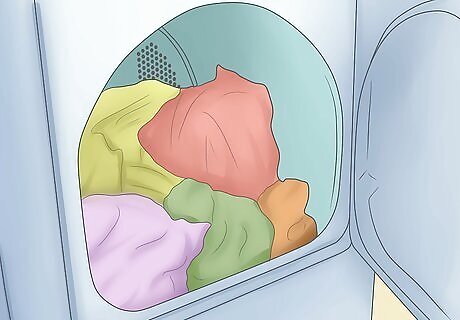
Pre-wash the curtains. Regardless of whether the curtains are new or old, you should run them through a standard washing cycle before you dye them. Allow the curtains to partially dry by air drying them or using a dryer. You should use laundry detergent, but do not use fabric softeners. This pre-washing step helps remove any finishes or grime that could otherwise interfere with the way the fabric absorbs dye. As a result, pre-washed curtains will absorb dye more evenly and more accurately. The curtains do not need to be completely dry, but you should not allow them to remain soaked, either, since the moisture in the curtains can turn cold and negatively affect the way the dye interacts with the material later on.
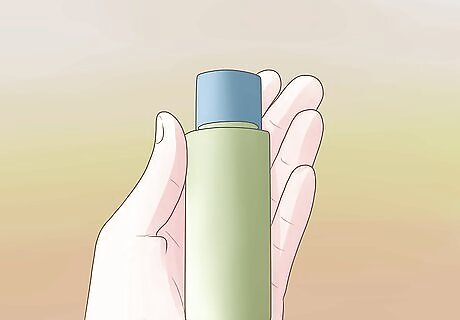
Pick out your color. Determine what color you want to dye your curtains. For the most part, all you really need to do is figure out what hue you want and find the color concentrate that best matches it. You can alter the shade—or, how dark or light the color becomes—by leaving the curtains in your dye for a longer or shorter period of time. Do a little research before buying your dye. Read reviews for each color under consideration and look at pictures. Figuring out the exact right choice can be difficult, but you can minimize the risk of choosing an unsatisfactory color by taking the time to check into each option.
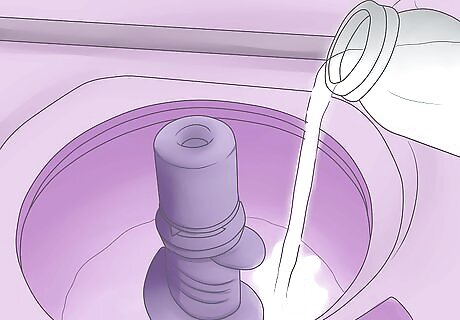
Consider removing any existing color from the curtains. If your curtains are white, off white, or a very light color, you should be able to dye them without any problem. If your curtains are a darker or brighter color, though, you should use dye remover beforehand. Use dye remover instead of bleach since bleach can make it difficult for fabrics to absorb dye. A dark fabric cannot be dyed a lighter color. You might be able to dye a colored fabric if your dye is a darker hue, but the results will be a blend of the dye and the color already on your curtains. Since the results can be unpredictable, completely removing the original color is a safer approach. To use color remover: Fill your washing machine with hot water and add three to four packets of dye remover as the tub fills. Place your still-wet, pre-washed curtains in the washer once the agitation cycle begins. Allow them to soak in the washer for 10 to 30 minutes, or until the color washes out. Drain the washer. Rewash the curtains with detergent. Use a full wash and rinse cycle. Clean the washer with hot water and detergent before using it again to wash out all traces of the color remover.
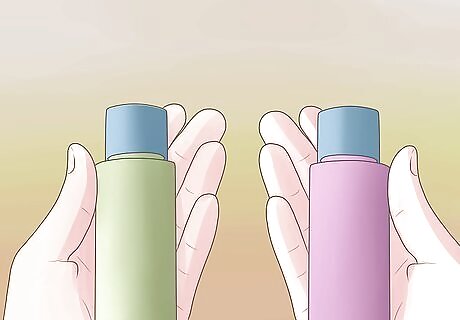
Determine how much dye you need. Dye amounts can vary by brand, so you should always check brand specifics before making your decision. The amounts are often comparable, though, and based on weight. Weigh your curtains on a scale to determine how heavy they are. The easiest way to do this is to weight yourself, then weight yourself while holding the curtains. Subtract the difference to figure out the weight of the curtains. As a general rule, you will need one box of powder dye or 1/2 cup (125 ml) liquid dye for every 1 lb (450 g) of weight. You can use less dye if you want a lighter shade. For a darker color, double this amount.
Dyeing the Curtains
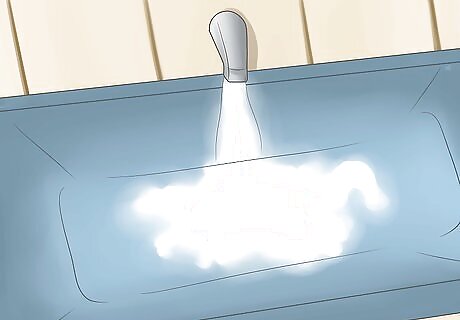
Fill a large tub with hot water. As a general rule, you should use 3 gallons (12 L) of water for every 1 lb (450 g) of fabric. The water should be simmering hot when you pour it into the tub. Glass and stainless steel will not be stained by the dye, but most plastics will become stained. If you are worried about staining the tub, consider lining it with plastic sheets before filling it with water. This works best if you are using a single tub. If you need to split the process up between two tubs, though, make sure that the amount of water and the amount of dye you add to each tub is exactly equal. Alternatively, you could use your washing machine to dye the curtains. To do so, begin by filling the washing machine basin with the hottest water possible. The rest of the process will essentially follow the same steps.
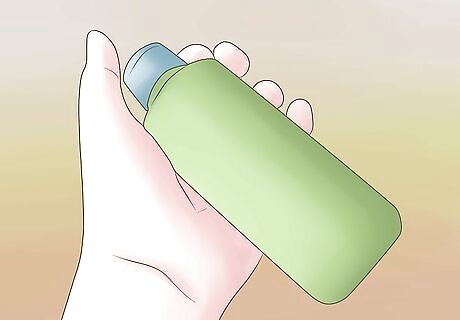
Prepare the dye. There are differences between liquid and powder dyes, and there may even be further differences between dye brands. Check the instructions on your dye to determine the best way to prepare it. Usually, you will need to prepare a bottle of liquid dye by vigorously shaking it for a minute or so. To prepare powder dye, fully dissolve one packet in 2 cups (500 ml) of very hot water.

Mix in the dye. Dump your prepared dye into the filled basin or filled washing machine (whichever you decided to use). Use a paint stick or board to stir the dye in until you are certain that it has fully spread throughout the water.
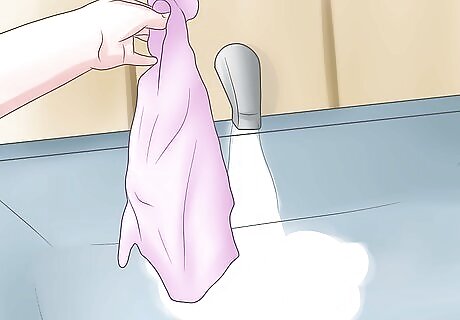
Soak the curtains. If the curtains are dry or cool to the touch, quickly soak them in a sink or separate tub filled with clean hot water. Hot water helps activate the dye. Your results will be as pure and even as possible if both the dye bath and the curtains are hot when you transfer the material to the dye.
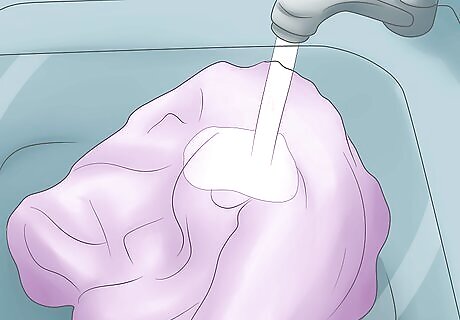
Place the curtains in the dye bath. Place the curtains in the dye bath, submerging them completely beneath the water's surface. Allow them to sit in the hot dye for 5 minutes. Do not stir or agitate the curtains during this time. If you are using a washing machine, do not start any sort of washing cycle yet.
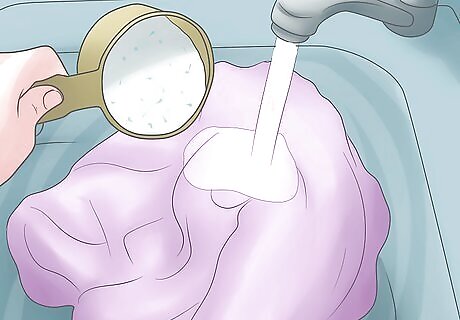
Add salt or vinegar. After the first 5 minutes pass, add 1 cup (250 ml) of salt or white vinegar to the dye bath for every 3 gallons (12 L) of water. You should also add 1 Tbsp (15 ml) of liquid washing detergent. Salt and vinegar help intensify the dye color. Use salt with cotton, linen, ramie, and rayon. Use vinegar with silk, wool, and nylon. Liquid detergent allows the dye to move more freely throughout the water and into the fabric fibers.
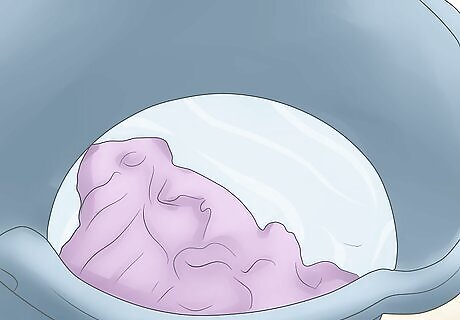
Soak for several hours. Once the additives are in the water, allow the curtains to soak in the dye bath for about two hours. This amount of time is standard if you want to produce the intended shade; however, you can leave the curtains in for a shorter or longer time if you want a lighter or darker shade, respectively. Check the curtains periodically until you achieve the shade you want. Note, though, that the final shade will usually be a bit lighter than it appears when wet. Agitate the curtains continuously. If you are machine dyeing the curtains, set the machine on an agitate cycle and continue agitating the fabric the entire time. If you are dyeing the curtains in a tub, stir the fabric every few minutes using a large painting stick or board.
Setting the Dye
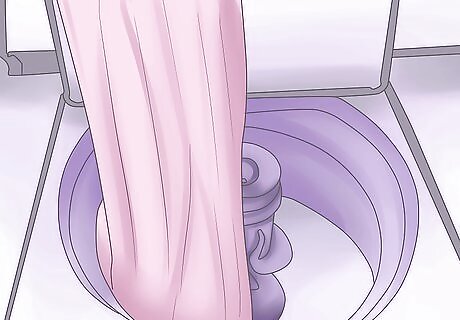
Run the curtains through a warm wash cycle. Take the curtains out of the dye bath and transfer them to your washing machine (if they are not already inside the machine). Run the machine through a full hot water cycle and set the rinse cycle to warm water. If you can set the soil level of your washing machine, set it to "heavy soil." Do not drain the dye bath if you dyed the curtains in your washing machine. Simply run the machine using the water already inside.
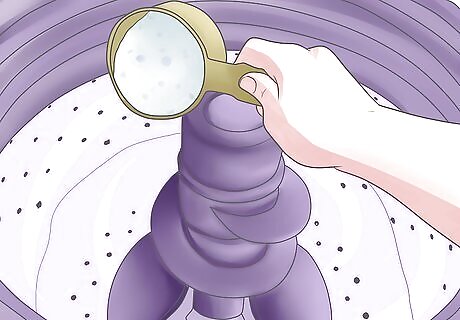
Run them through a warm/cold cycle. Add 1 to 2 Tbsp (15 to 30 ml) liquid laundry detergent to the washing machine and run it on a normal to warm wash cycle with a cool rinse. The first wash cycle should have washed away most of the excess dye. This second cycle should help set the dye. Make sure that the water runs clear by the end of your cycle. When the water runs clear, the dye is set and should no longer bleed off the material.

Dry the curtains. As long as the curtains are made from a material that can go through a dryer, the simplest and quickest way to dry them will be to toss them into your drying machine and tumble dry them on low until they are dry to the touch. Alternatively, you can hang dry the curtains on a clothesline. They should air dry completely after a day or two, as long as the day is dry and the sun is bright.
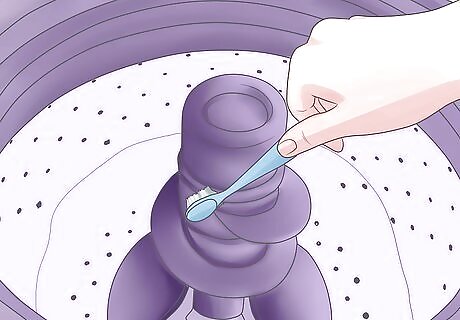
Clean the washer. Most of the dye should be out of your washing machine by this point, but to avoid potential laundry mishaps, it is still a good idea to clean the washing machine by running it through another cycle. Add half a capful of liquid detergent and run the machine through a warm wash cycle with a cool water rinse. Consider putting a little bleach in the washing machine for this step, as well.
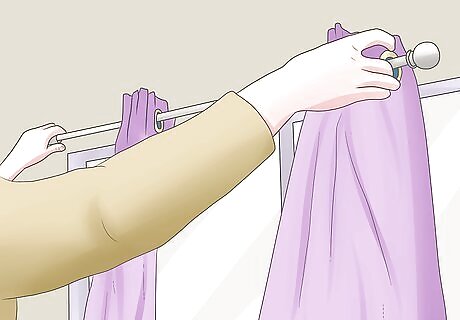
Hang the curtains up. At this point, your curtains should be dyed and ready to hang in place.


















Comments
0 comment